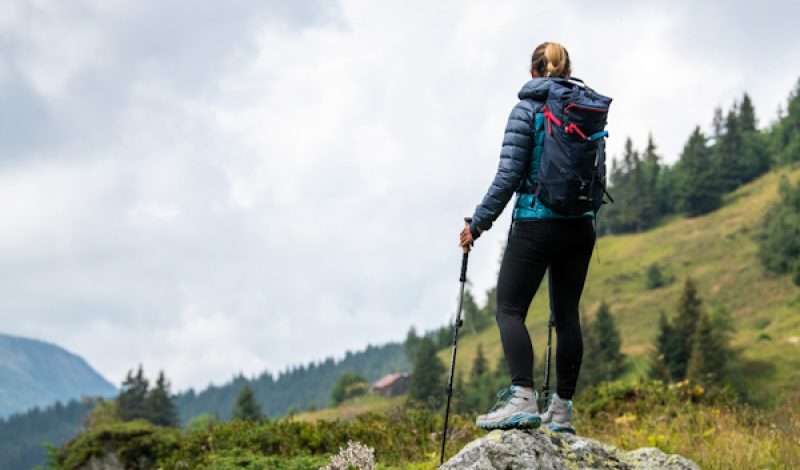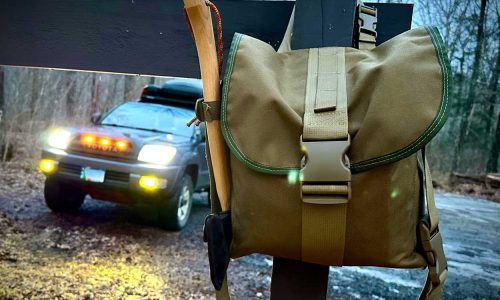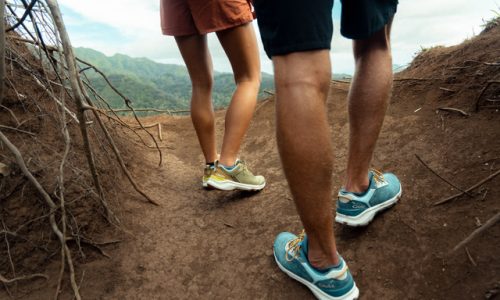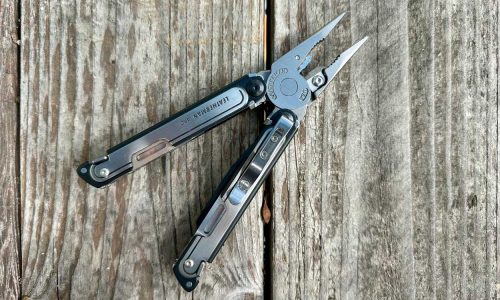Hiking is simple. You just pick a trail and walk on it. Easy right?
The problem is this: We constantly see hikers and backpackers who are making their experience a lot heavier and more uncomfortable than they need to. They bring too much stuff. They’re wearing the wrong shoes. It looks like they’re – suffering.
Search around and you’ll come across a million tips and tricks to help you have to better experience on the trail. We think the following are the 10 most important. If you’ve mastered these, chances you’re going to have a good time out there.
And that’s the point!
1. Pick the Right Footwear
Think about it this way: You don’t need a pair of stiff-soled hiking boots unless you are carrying a heavy pack or hiking in really rugged terrain. The general rule is the less you have on your feet, the better—until the point that you begin to feel rocks poking through your midsole, or you begin walking on steep, banked, or rocky trails.
Most hikers have three pairs of hiking footwear—a low-cut trail running shoe (or slightly beefed up trail running shoe) for mellow days, a traditional, stuffer-soled hiking boot for bigger loads and rugged trails, and a “light hiker”—which is often a lightweight, midcut hiking boot for days in the middle.
Just grab the right one for day’s mission and you’ll be set.
2. Lighten Up on the “Big Three”
Your pack, tent, and sleeping bag generally represent the three heaviest pieces of gear in your kit. Try to keep your tent, sleeping bag and pack under 3 pounds each.
In sleeping bags, down is lighter than synthetics, and quilts or “bottomless” bags are lighter than traditional sleeping bags. For packs, assemble the rest of your hiking gear, then get a pack that is just big enough to contain it all. Modern, free-standing double wall tents frequently weigh less than 3 pounds, without sacrificing comforts like double doors and vestibules.
You can find tons of advice on how to go even lighter than that for each of these items, but if you keep the 3-pound rule of thumb in mind, you’ll be in good shape.
3. Slim Down on Your “Little Three”

Like the big three, these are items that nearly everyone carries when backpacking: your backpacking stove, cookset, and sleeping pad. Before settling on your camp kitchen set-up, first figure out your cooking needs. If you are simply rehydrating dried foods, an ultralight alcohol stove and tiny titanium pot could be all you need.
Regardless of your cooker, pack the smallest fuel container possible. And eating directly from the cook pot means you can leave your dinner plate/bowl at home.
For sleeping pads, ditch the heavy self-inflating foam pads and opt for a lightweight air mattress.
4. Keep it Compact
A small, fully loaded backpack is not only lighter and carries better on the trail, but it helps eliminate the impulse to over-pack. You should have a pack that is just large enough to carry your basic hiking kit, and not much bigger.
That means opting for compact gear—stuff like nesting cooksets where the bowls, stove, mugs and fuel canister nest into the pot itself. Down sleeping bags are still significantly more compressible than synthetic, and blow-up inflatable sleeping pads roll up tighter than rather than self-inflating or foam pads.
5. Embrace Compression
Sure, this is pretty basic, but we’re surprised with how many people we still see stuffing loose piles of clothes into their backpacks.
Compression sacks remove air voids from your soft goods, allowing you to utilize smaller backpacks for further weight savings. They also help protect your gear and can serve dual purposes. For instance, the minimal extra clothing your carry, should be carried in a lightweight compress sack to keep the gear compact and easy to pack. Waterproof compression sacks around your sleeping bag and dry clothes are an insurance policy if your bag gets drenched. As bonus, that sack of clothes can double as a pillow
6. Pack Less Clothing
The less extra clothing you bring the better, and a lot of hikers just hike and sleep in the same set for days. At most, pack a ‘wet set’ and a ‘dry set.’ The wet set is what you are going to be sweating in, and/or wearing during rainy conditions. The dry set is a clean set of baselayers and dry socks you change into in camp for sleeping. Opt for lightweight, compressible clothes—including the lightest, most compressible rain jacket you can get away with–and obviously avoid cotton anything.
7. Carry Less Water (But Do It Safely)
At 2 pounds per liter, water adds a great deal of weight to a pack. It is obviously critical to bring enough water—plus a little extra for safety—but a lot of hikers bring way, way more than they need without even thinking about it.
If you know, for sure, that there are plentiful water sources along your planned route, you can carry less water and just refill your bottles along the trail using a filter. An ultralight straw-style water filter, or a bottle-top add-on filter weighs far less than a cup of water yet can treat dozens of gallons for you. Just be careful with this sort of advanced technique—don’t try it unless you are intimately familiar with your own body’s water needs and the terrain you are heading into. A misjudged distance, a dry creek, a wrong turn, a turned ankle—and the consequences of going light on water can quickly backfire. Be conscious of water weight, but be smart.
Also, be mindful how you carry your water. Hydration bladders tend to encourage people to bring too much water and it is hard to monitor how much water you have remaining. Collapsible water bottles weigh a lot less than hard, plastic Nalgene-type bottles and don’t take up lots of pack space.
8. Cut Food Weight
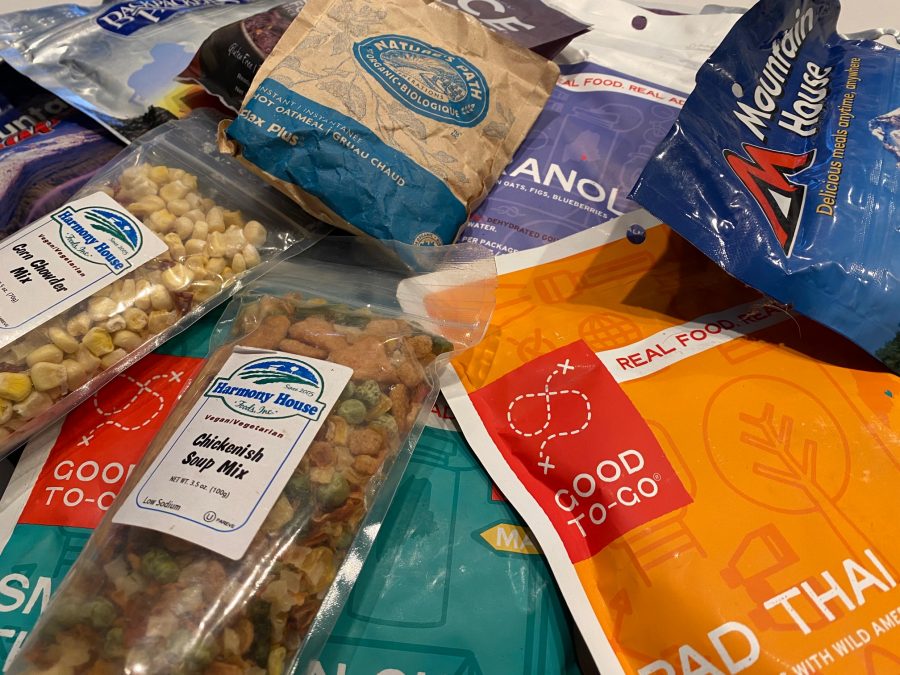
Food weight can be trimmed in two ways. First, carry less food. Plan precise portions and stick with them. You can also save weight by eliminating water-rich foods. Go with dehydrated fruits, freeze-dried meals, or even simple dried rice or pasta side dishes from the grocery store. For simple one or two-night outings, plan ‘cold’ meals such as dried fruit, hard cheese, and jerky and you can ditch the weight of a stove and fuel, too.
9. Minimize Extra Gear
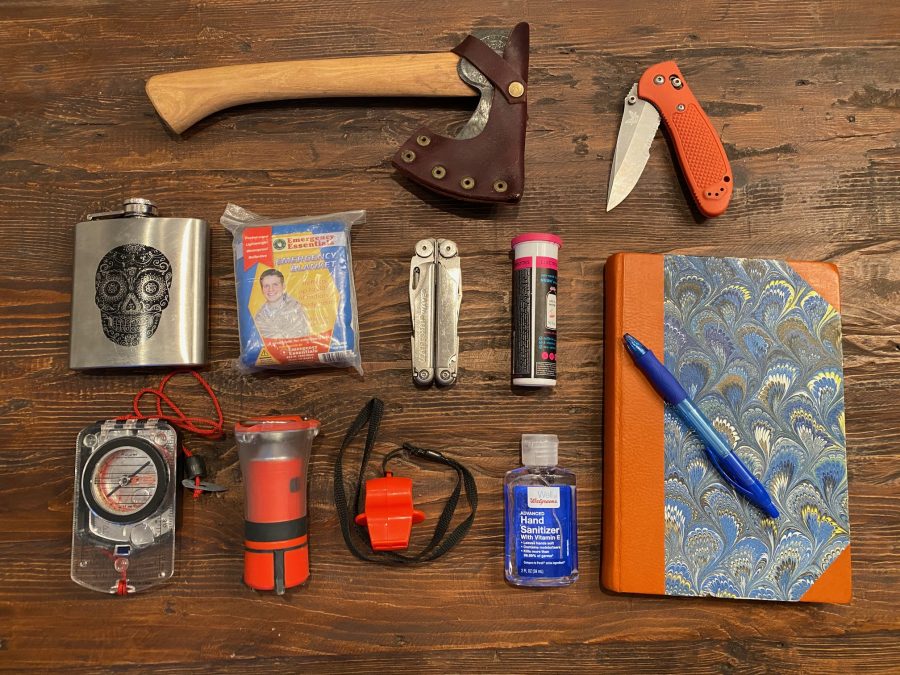
The plethora of gear available to carry to camp makes it easy to overload with luxury items. But a hard look at your needs versus wants can help cut the fat. Instead of a compact chair, just sit on your pack. It instead of a heavy multi-tool, opt for a slim single-bladed knife. Instead of a selfie stick, use your arm. When you start of the trail, you’re your phone off or at least switch to “Airplane” mode and you’ll cut your need for backup batteries. Leave your paperback at home, and instead enjoy the quiet of the wilderness in camp.
10. Re-Evaluate Your Pack After Each Trip
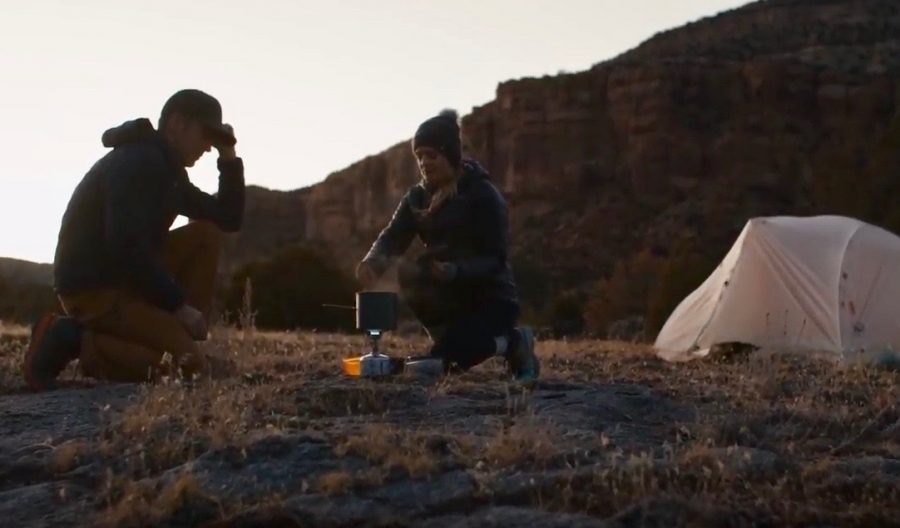
For best weight savings, after each outing upload your pack onto a tarp or clear surface and reconsider each item individually. Did you use it? Was its use essential or optional? If optional, would you be comfortable without it next time? If so, ditch it.
Likewise, any gear that was not used, leave out next time – unless it was packed for safety reasons (i.e. small disposal lighter wrapped in duct tape, a map, etc.). Did you really need a camp trowel, or could you dig a cat hole with a rock or stick? Did you bring too many clothes? For the stuff you used, is there a way to get a smaller, lighter version that will work just as well?








